If you are experiencing tight, flaky, or irritated skin—especially as temperatures drop—you’re not alone. Dry skin is a common concern that affects most people worldwide at some point in their lives. Beyond impacting daily comfort and confidence, dry skin can also compromise your skin barrier, which plays a vital role in maintaining healthy, resilient skin.
The primary cause of dry skin is often excessive Transepidermal Water Loss (TWL), which reduces the skin’s ability to retain moisture. This loss results in roughness, flakiness, and, at times, itchiness, while also promoting wrinkles and a dull appearance.
In this article, we’ll dive into the main causes of dry skin and share effective ways to prevent or improve it.
WHAT CAUSES DRY SKIN?
While environmental factors are often to blame, several other causes can also lead to or exacerbate dry skin:
1. ENVIRONMENTAL CONDITIONS
Low humidity, especially during colder months or in areas with indoor heating, can draw moisture from the skin. This is why dryness often worsens in winter or in dry climates.
2. HARSH SOAPS AND CLEANSERS
Many soaps and cleansers strip not only dirt but also essential lipids from the skin’s acid or lipid mantle, the outermost layer of your skin barrier that retains moisture. This can lead to dryness and sensitivity.
3. HOT SHOWERS AND BATHS
Hot water damages the skin’s lipid mantle, leading to increased moisture loss. Though hot showers feel soothing, they can leave your skin feeling tight and dry afterward.
4. AGE
As we age, our skin naturally produces less sebum, the oil that keeps it soft and hydrated. This makes dryness more common and pronounced over time.
5. CERTAIN MEDICATIONS
Medications such as diuretics, statins, and treatments for certain health conditions can contribute to dry skin by reducing hydration or altering oil production.
6. NUTRIENT DEFICIENCY
A diet lacking essential vitamins and minerals—like vitamins A, C, E, and omega-3 fatty acids—can leave skin undernourished, affecting its hydration and resilience.
7. MEDICAL CONDITIONS
Conditions such as thyroid disease, diabetes, and kidney disease can alter skin hydration or circulation, often resulting in dryness.
HOW TO PREVENT AND TREAT DRY SKIN
While you can’t eliminate all causes, you can adopt habits and routines that protect your skin’s moisture levels.
1. MAINTAIN INDOOR HUMIDITY
Combat dry indoor air by using a humidifier, especially in winter. This keeps moisture levels balanced and helps your skin stay hydrated.
2. UPGRADE YOUR MOISTURIZER
A quality moisturizer is essential for dry skin. Look for a specif one for dry skin that restores your acid mantle and locks moisture in.
Product Suggestion:
INNO-DERMA® XEROSKIN DAY CREAM
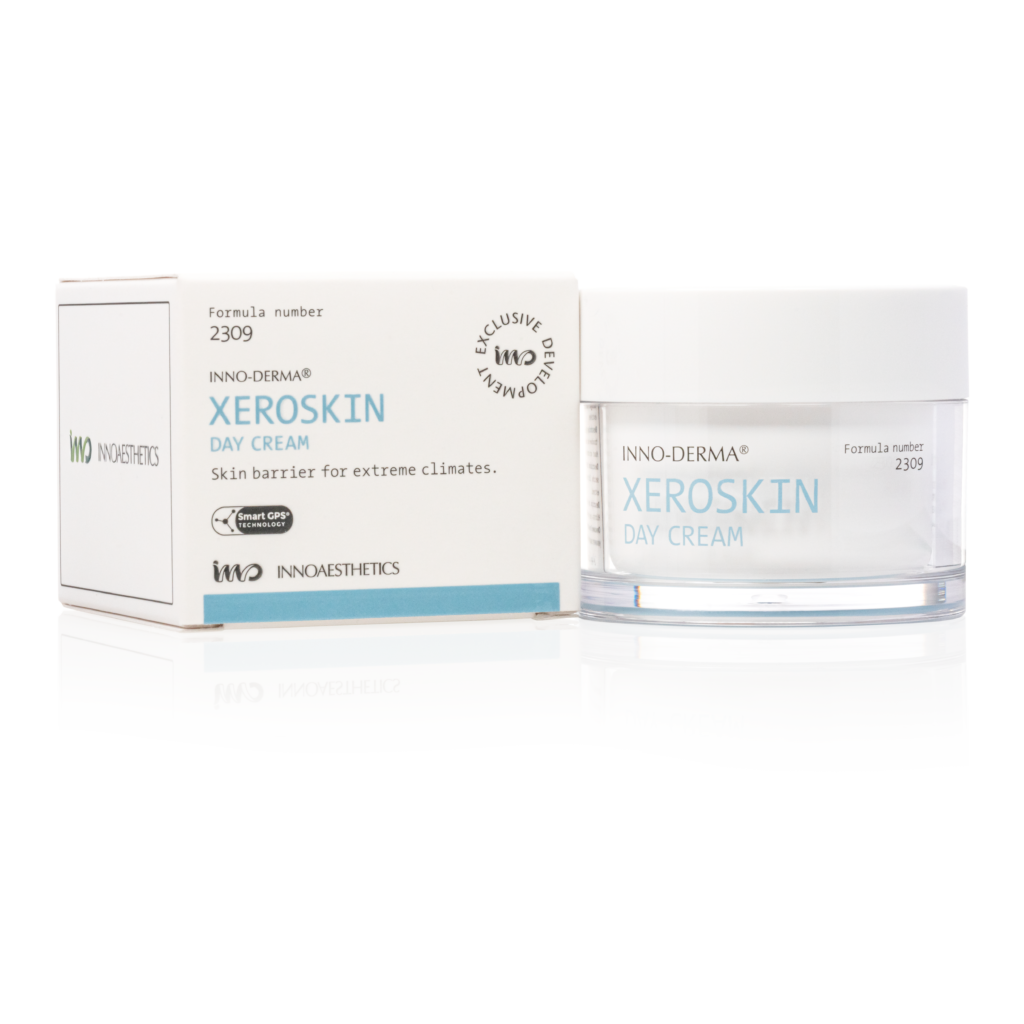
Nourishing day cream that deeply moisturizes dry or very dry skin, and skin exposed to extreme climatic conditions, such as cold salty water, wind, snow, heights, etc.
INNO-DERMA® XEROSKIN NIGHT CREAM
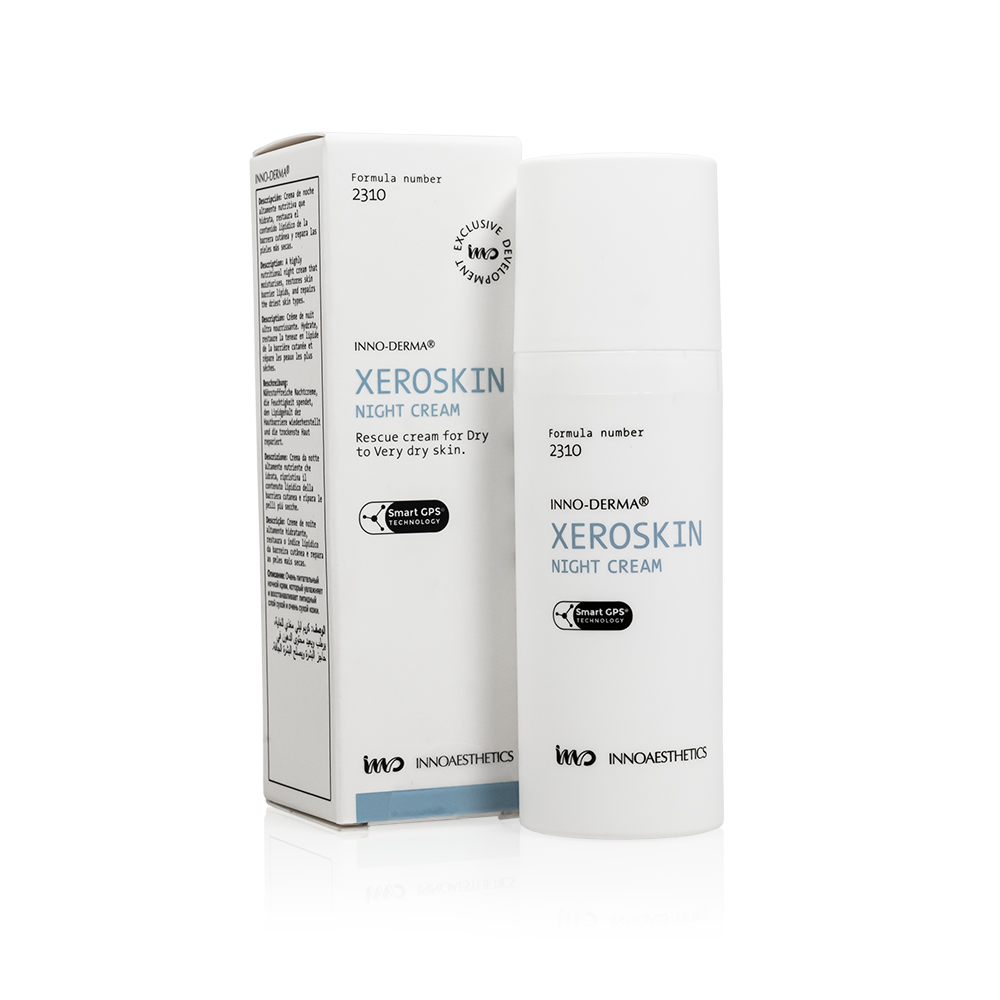
Intensive night moisturizer that deeply nourishes the skin and restores the lipid content of the skin barrier.
3. OPT FOR GENTLE CLEANSERS
Traditional soaps can be too harsh for dry skin, so choose a mild, hydrating cleanser that respects the skin’s natural oils. Avoid products with sulfates, which can be drying.
Product Suggestion:
INNO-DERMA® SOFT CLEANSER
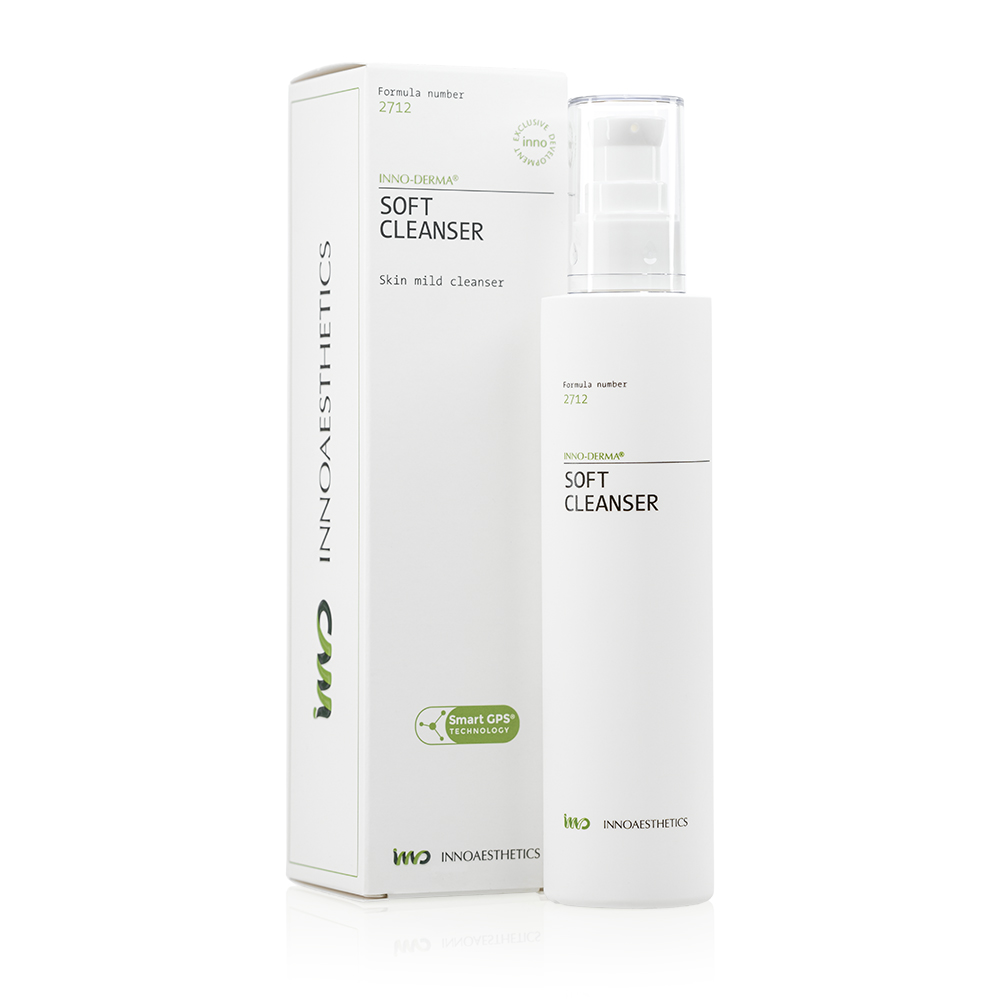
Gentle but effective face cleanser that delicately removes all impurities and protects the hydrolipidic film, leaving the skin clean, fresh, and soft.
4. TAKE SHORTER, LUKEWARM SHOWERS
Long, hot showers can strip the skin of natural oils. Limit your showers to around 10 minutes with lukewarm water to prevent further moisture loss.
5. PRIORITIZE NUTRITION AND HYDRATION
A balanced diet with antioxidants, vitamins, and omega-3 fatty acids can help nourish skin from within. Leafy greens, berries, nuts, and fatty fish are excellent sources. Drinking adequate water daily also supports skin hydration.
6. INCLUDE VITAMIN C IN YOUR SKINCARE ROUTINE
Vitamin C boosts hydration, helps brighten the skin, and supports the skin barrier. A stabilized Vitamin C serum is a great addition to your skincare routine, especially in winter.
Product Suggestion:
INNO-EXFO® BIO C
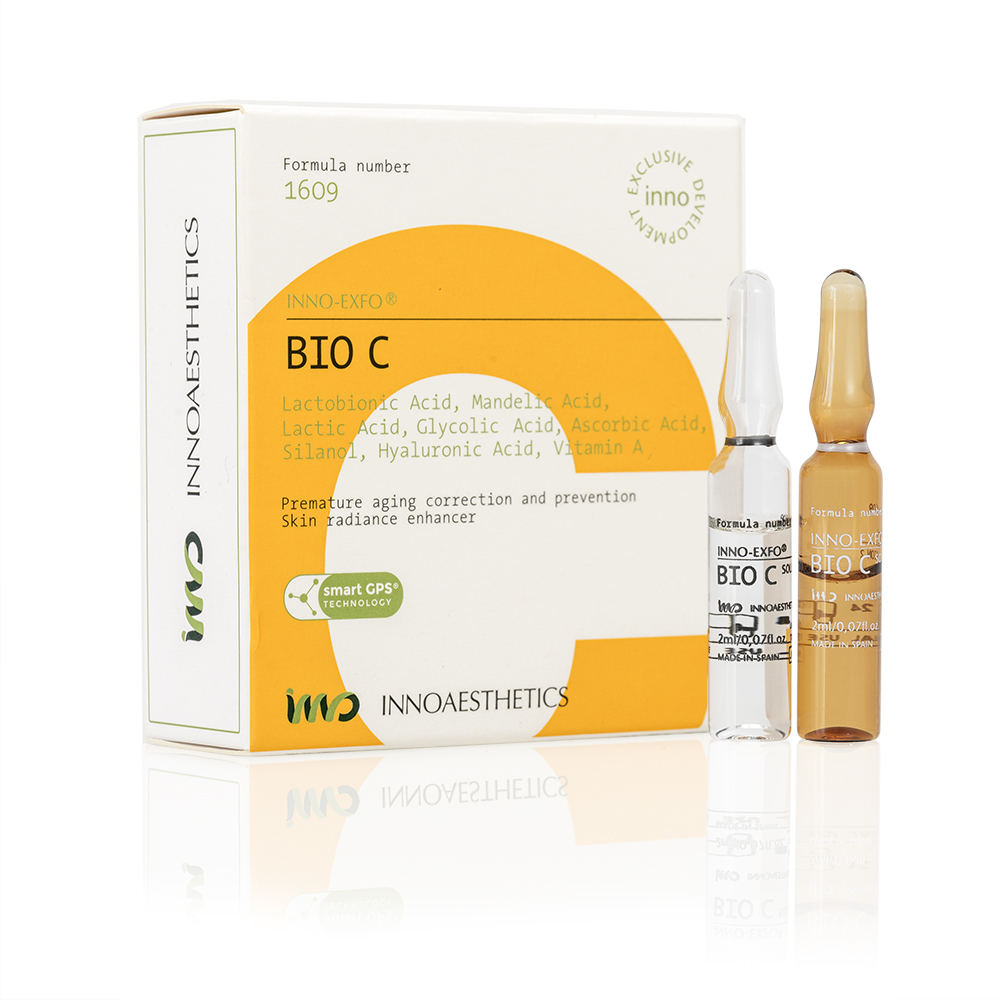
Asking your skin expert for this specific super soft peel that replenishes your skin with Vitamin C is one of the most effective ways to prepare your skin for winter.
7. PROTECT YOUR SKIN IN COLD WEATHER
Cold air can be very drying, so take extra precautions when going outdoors. Apply a rich moisturizer beforehand, cover exposed skin, and consider using a scarf to protect your face from the wind.
8. CONSULT A DERMATOLOGIST IF NEEDED
If dry skin persists, it may be linked to an underlying health condition. A dermatologist can provide a customized treatment plan and suggest products tailored to your specific needs.
Treatment suggestion:
XEROSKIN TREATMENT PLAN
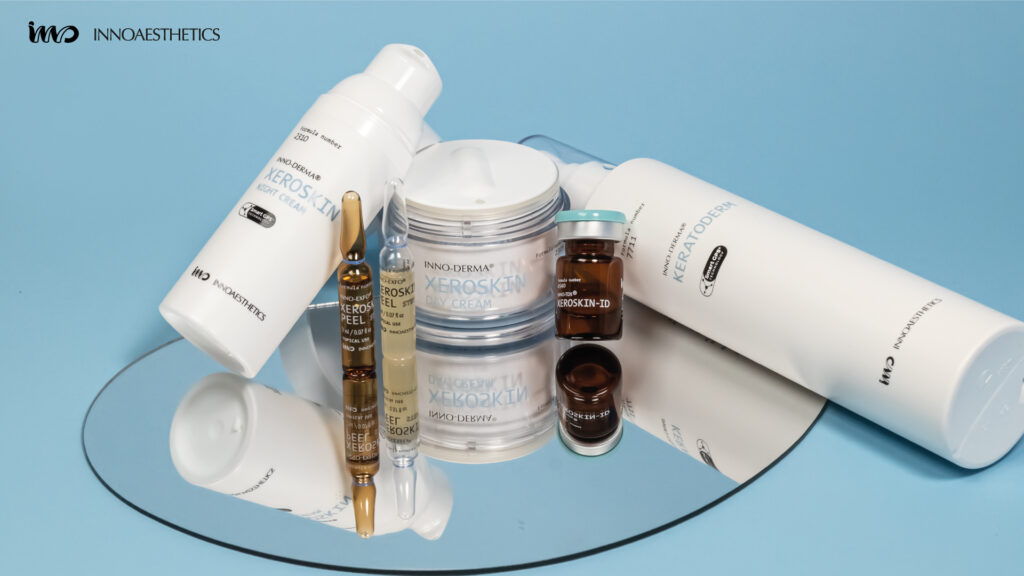
Complete treatment plan to fight dry skin.
It includes four in-office sessions in-office and an easy-to-follow skincare regimen to reinforce the results at home.
SUMMING IT UP
Dry skin can be uncomfortable, but with the right routine and product choices, you can effectively protect and nourish it. Explore our range of dermatologist-approved products designed to soothe, hydrate, and strengthen the skin barrier.


